Businesses want to keep up with trends when it comes to software technologies to enhance efficiency and minimize complexity in the workflow. The software market foresees new heights in 2023. And this blog will save your precious time from digging the web for updates by providing comprehensive and up-to-date insights about ever-evolving software technologies. In 2023, the total revenue from the software market worldwide is expected to reach US$659 billion. Remarkably, the United States alone is expected to contribute US$338.20 billion. The rapid growth of the software industry is no surprise anymore, as it continually strives to enhance user experiences with each passing day. Before considering developing new software, it’s necessary to familiarize yourself with some vital technologies that will dominate in shaping the software industry. Let’s explore the latest technology trends in software development for 2023.
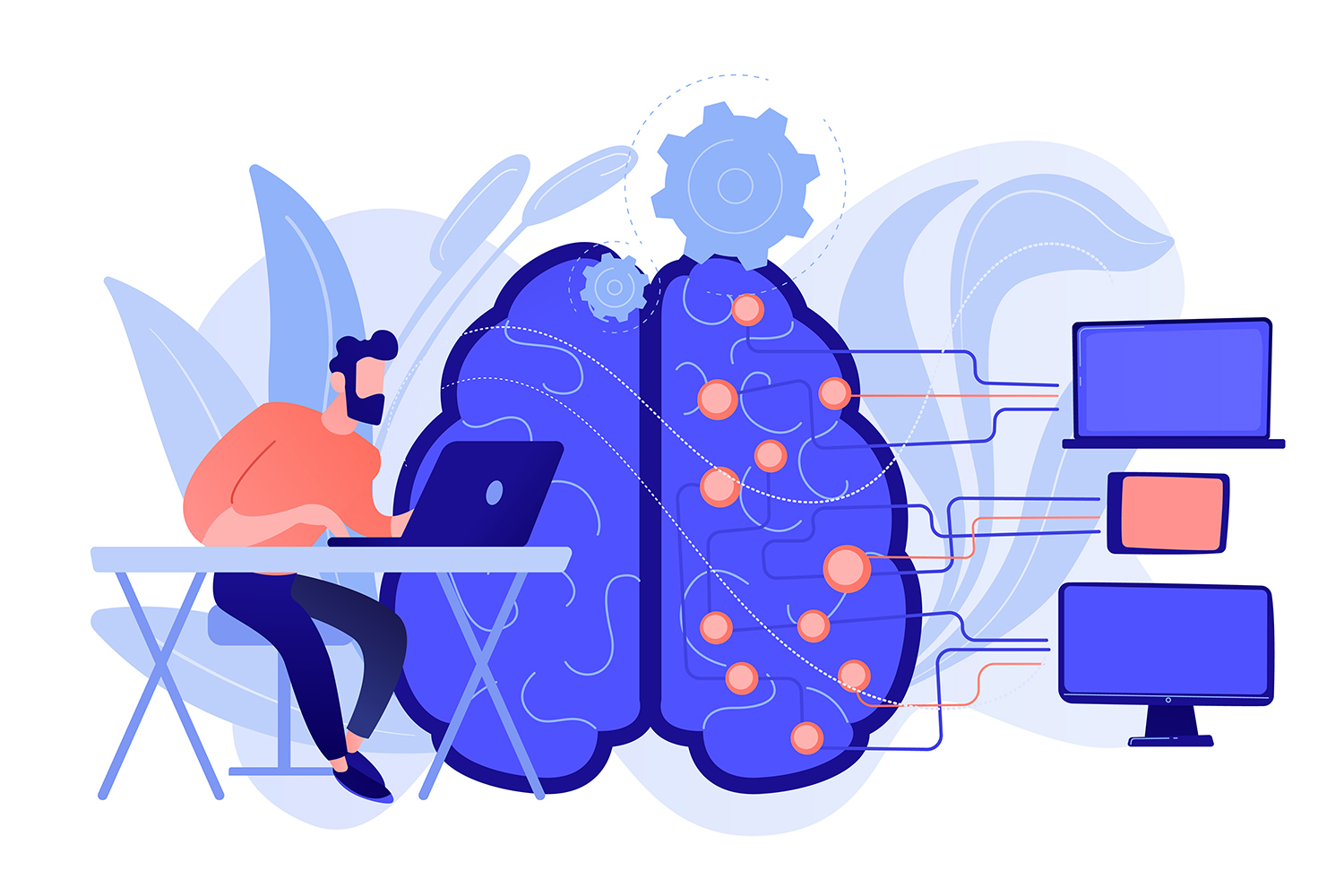
AI and ML
The AI and ML technologies market will continue to flourish rapidly this year. Based on statistics, the market size of AI is estimated to reach US$207.9 billion in 2023.
AI imitates human intelligence and helps in executing certain tasks. And ML, part of AI, helps collect data on users’ behavior to create algorithms so that AI performs better. Businesses use it to save time to focus on high-level and complex tasks for quality results. However, AI still needs time to advance as we see it in fictional movies and novels; we’re still far from getting to that point. But, it still benefits enough in strategizing, reviewing, collecting data, and so on.
Programming languages, frameworks, and libraries of machine learning, deep learning, natural language processing, and cloud computing are technologies that operate the process. Besides, it needs certain concepts and techniques to keep improving. For instance, virtual agents, AI-optimized hardware, automated robotics, text analytics, bio-metrics, cybersecurity, recognition of speech, understanding emotions, video, audio, image, content creation, and marketing process.
Example
Nowadays, ChatGPT suddenly exploded in popularity and has captured everyone’s attention. It’s an AI-driven linguistic model that uses ML techniques. It’s trained by utilizing numerous sources to understand the words, grammar, and context of any prompt that users input when they have any query. During generating responses to users, it shows information that it believes to be relevant. However, it can only generate responses that it’s trained for. It can’t give real-time facts which are beyond its training. In this case, double-checking the information becomes necessary

Full-stack development
According to a recent report by Statista, the demand for back-end and full-stack developers in IT grew in 2023. Moreover, DevOps holds the fifth position in job demand. Consequently, within this list, it upholds a place as one of the latest technology trends in software development for 2023. And the market of full stack development will only get more recognition in upcoming years.
The process involves an entire set of various technologies and tools to develop end-to-end application development. This includes server-side technologies, APIs, databases, and front-end and back-end frameworks. For instance, JavaScript, Ruby, PHP, and Python are popular programming languages used in full-stack development.
React, JavaScript, Angular, HTML, CSS, and Vue.js are used as front-end technologies, whereas Java, C#, PHP, ASP.NET, Node.js, Django, and Ruby on Rails are used as back-end technologies. And MySQL, PostgreSQL, and MongoDB are popular databases. For API, developers use RESTful APIs, and JSON, whereas, for web services, XML is used in full-stack development.
Example
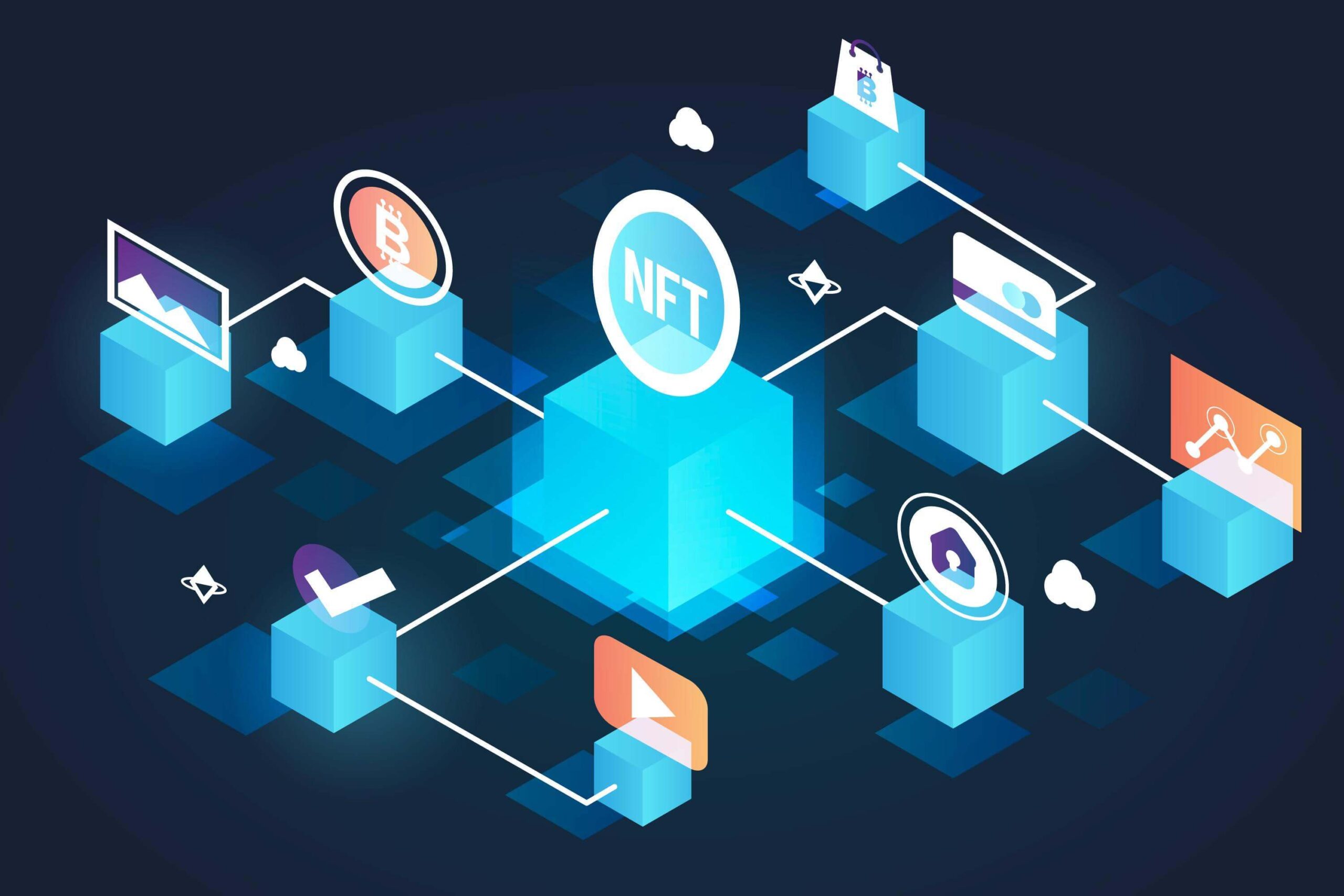
Blockchain
The Blockchain technology market size is expected to be US$23.3 billion in 2023 and US$39.7 billion in 2025. By this, you can see how fast it’s taking over the market.
With the help of blockchain technology, developers build a secure chain system for numerous blocks of transactions and data storage. It’s a digital ledger of recorded transactions decentralized and distributed across computer networks. The system is tightly secured, so hacking or changing anything is impossible. When a new user’s transaction appears, the system adds its details to the ledger of the transaction.
Due to its proven results, businesses use this technology as an alternative to end-to-end encryption. It allows businesses and users to get benefits like privacy, less error, transparency, and no third-party verification.
Example
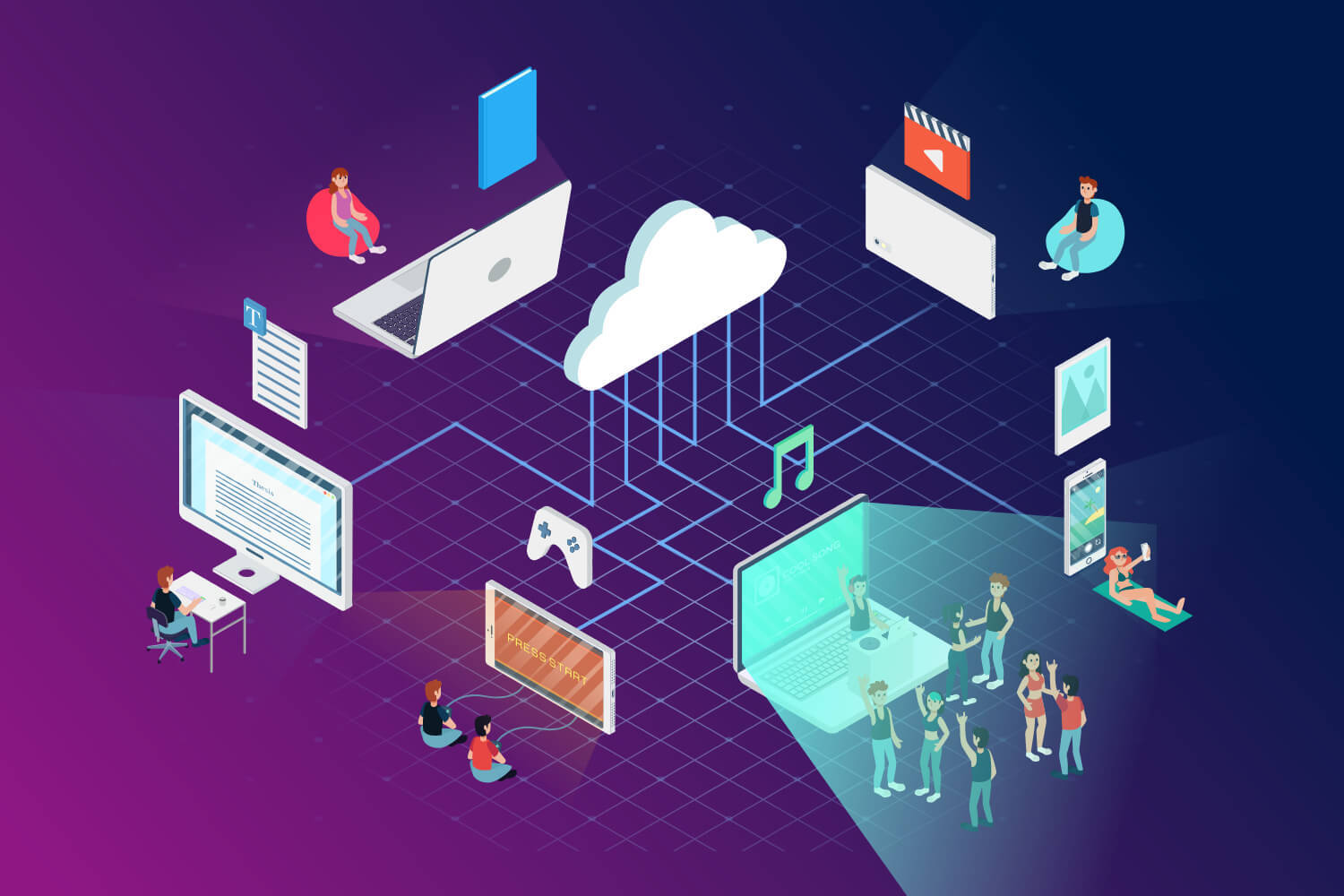
Cloud computing
The market size of cloud application software is projected to achieve US$153.6 billion globally in 2023, which had a value of US$133.6 billion worldwide in 2021. Thus, you can see the competition is getting high.
The practice of cloud computing creates a network of remote servers hosted over the internet, which helps data to store, manage, and process. It allows people to access and organize data such as files, documents, videos, images, audio, and so on over the internet without using a computer’s hard drive, regardless of geographical differences.
It helps businesses to use computing resources like storage, processing power, software application, etc. With this technology, several benefits come in handy as cloud providers manage the infrastructure, such as scalability, cost-effectiveness, less maintenance, etc.
Example
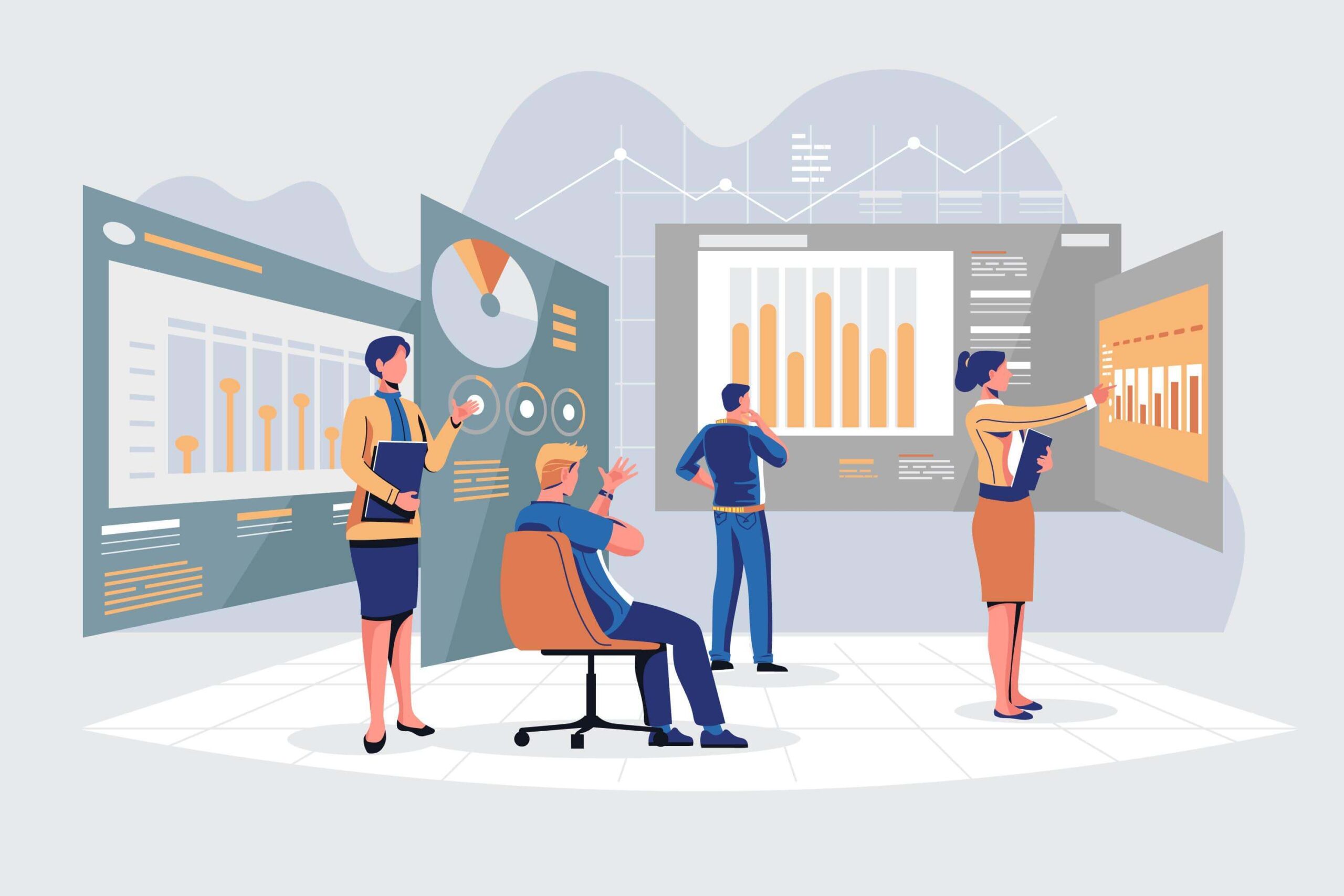
Business intelligence
In 2023, the revenue of business intelligence software in the market is forecasted to hit around US$25.73 billion, and the United States alone is going to generate most of the revenue, around US$ 13.15 billion.
Business intelligence, one of the latest technology trends in software development, includes various technologies to gather and analyze the data with scrutiny to identify the core problems and make strategies accordingly. The process involves specific approaches, such as data querying and discovering, data warehouse, OLAP (online analytical processing), enterprise reporting, data visualization, ad hoc analysis, dashboards, and data mining.
There are multiple tools available to apply the methods mentioned above. For instance, Tableau, QlikView, IBM Cognos, Google Data, SAS business intelligence, Domo, and Microsoft Power.
Example
Further insights
Cybersecurity
Metaverse
DevOps
Hyperautomation
Low-code and no-code
Conclusion
That’s all you got about the latest technology trends in software development for 2023. The demand for AI and ML, full-stack, Blockchain, business intelligence, and Cloud Computing technologies will increase in upcoming years, not only in 2023. After all, they’re a great help in low-level tasks, which help business owners to keep focus on complex tasks.
We hope that you find this blog helpful. You’re always welcome to share your thoughts in the comment section. Moreover, if you need help understanding which software technology is the best fit for your business, shoot an email. Our experts in the team will help you with any questions you may have.
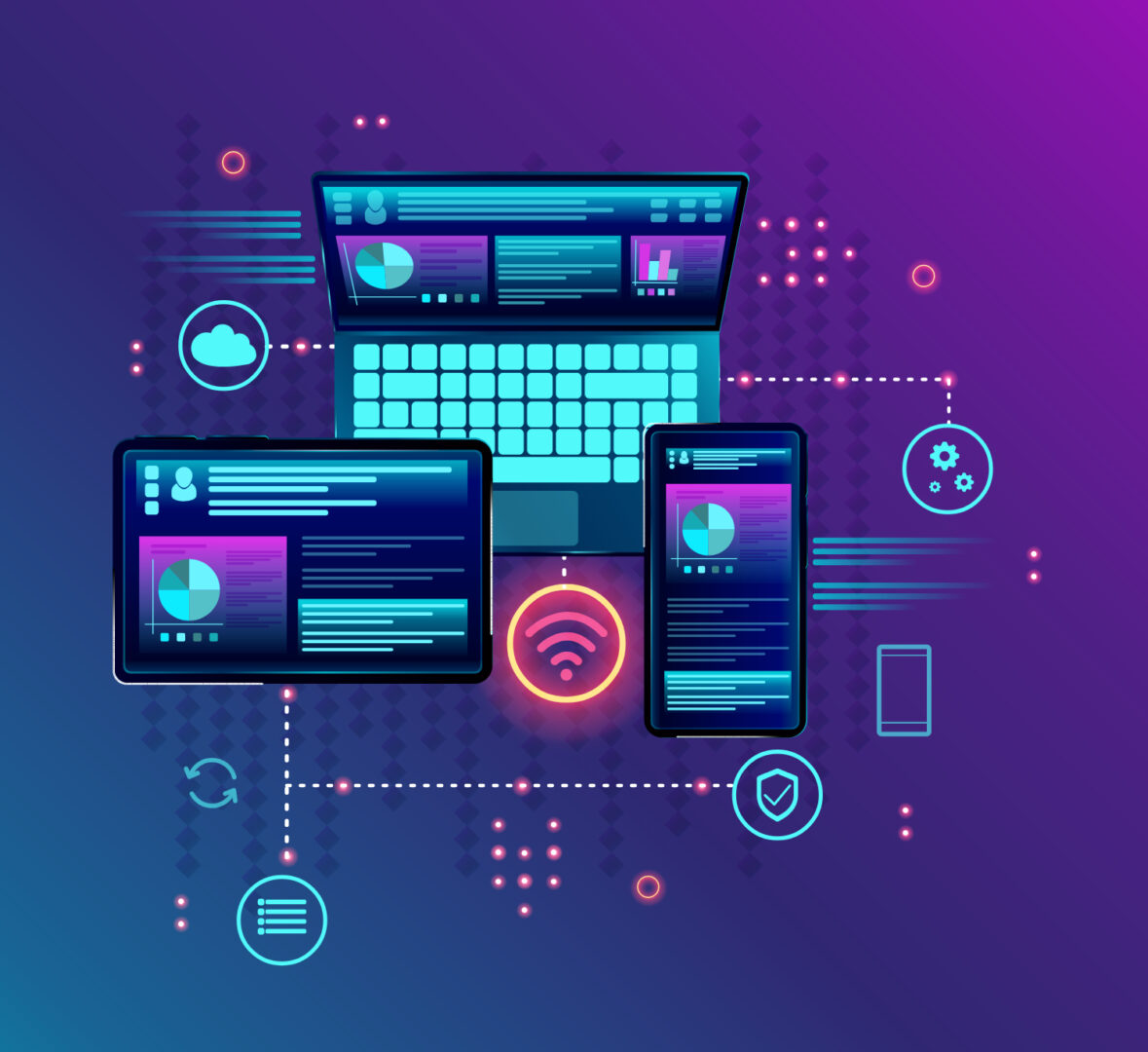
Leave a Reply